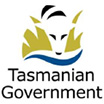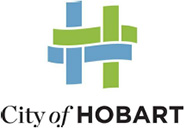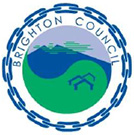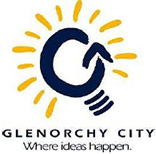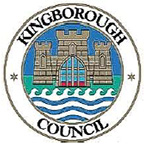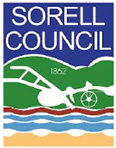About
Rural and regional areas across the world are experiencing rapid rates of development. By 2050 almost 70% of the global population will be living in cities. Rapid urban expansion and ever-increasing densification impacts biodiversity and is driving national and global biodiversity declines. This loss of biodiversity has effects on our ecosystem and the health of the planet which in turn affects human mental and physical health. There is therefore an urgent need to understand how to make cities, people and landscapes healthier and more sustainable.

A growing body of research is revealing the health and biodiversity benefits of urban landscapes. Much of this research is happening in large cities. Yet most of the world’s urban population lives in cities with fewer than 500,000 people, making Tasmania an ideal locale for examining and acting upon this global need.
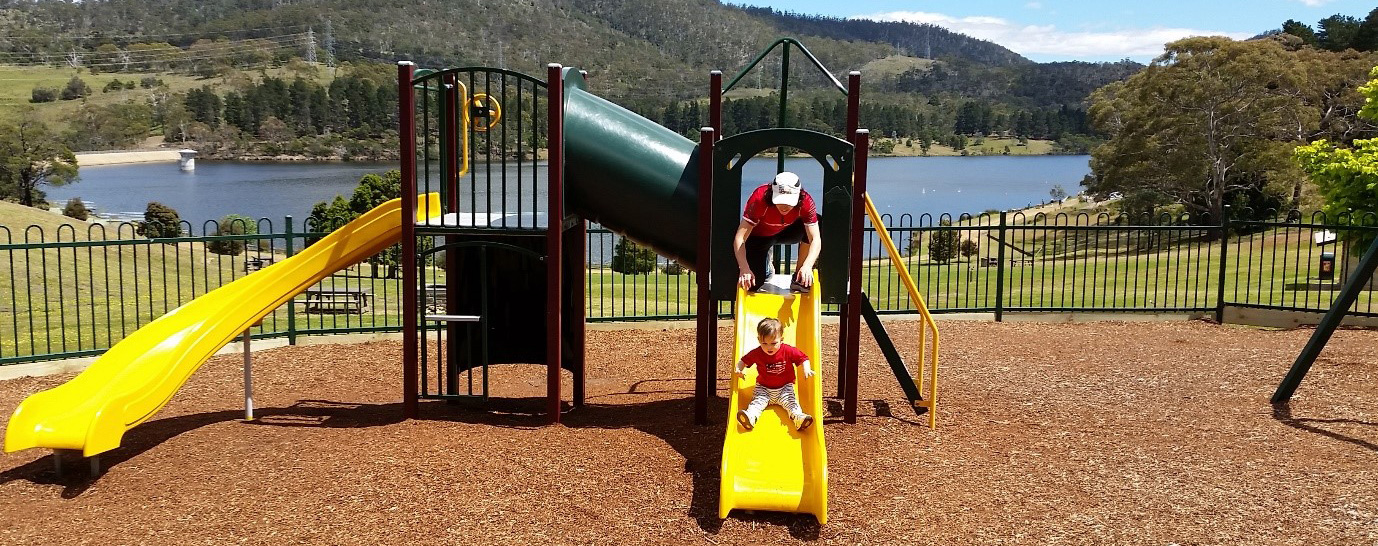
Our research group brings together expertise in ecology, health, architecture, planning, agriculture, social, spatial and statistical sciences to address two core questions
- How do biodiversity and human health interact in the landscapes of regional cities such as Hobart, and their regional and rural surrounds?
- How can we intervene to build healthier environments for people and biodiversity?
We are working to
- Understand the connections between the environment and human health - especially in the context of rural and regional areas and small cities;
- Use that knowledge to drive and learn from local initiatives that will benefit health for Tasmanians and make Hobart a leading “healthy regional city”.
Research foci
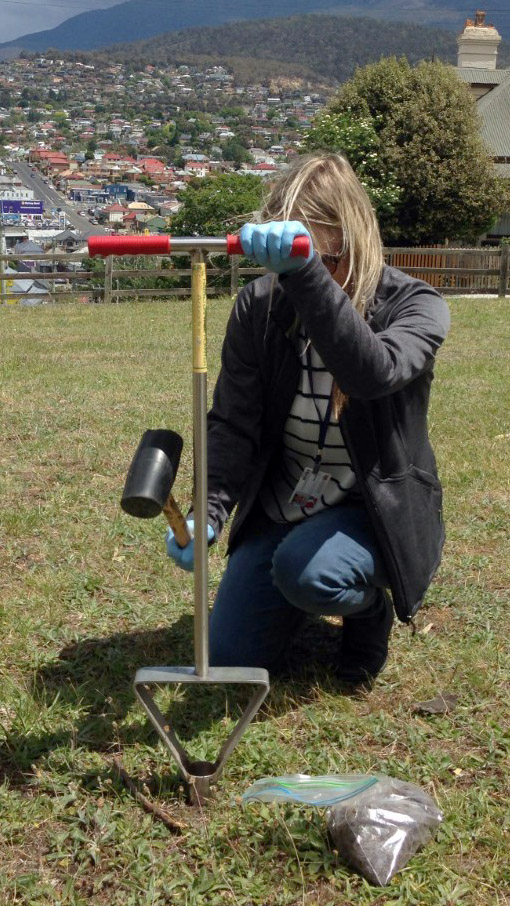
- The diverse relationships between landscape, socio-cultural factors and the lived-experience of our environments – particularly in the context of urban greening initiatives
- Therapeutic Landscapes – Therapeutic Horticulture – Regional Community Development
- Environmental microbiomes and human health
- Enhancing decision making and policy around urbanism, biodiversity and human health.
Read here about our collaborative effort with five local councils, DPIPWE and Conservation Volunteers Australia at “Managing urban landscapes for biodiversity and human health (PDF 1.5 MB)”.
Research Themes
- Therapeutic Landscapes
- Microbiomes and Human Health
- Enhancing decision making, policy and management around urban development, biodiversity and human health
- Socio-cultural interactions between humans and nature in cities, regional towns and rural areas
Collaborators
- Therapeutic Landscapes Research Collective Tasmania
- The Clean Air and Urban Landscapes Hub
- Healthy Urban Microbiome Initiative
Understanding the effects of the Hobart Apartments student accommodation community garden project
Report One: Leadership and Management
The recent Productivity Commission Report into the impacts of demand-driven university initiatives (2019) showed that while there has been increased enrolments by students from rural and remote areas, overall drop out rates remain higher than for their urban peers. Part of the reason for this is thought to be the extra stresses faced by students when relocating to a city. As part of the University shift from Sandy Bay into the Hobart CBD, plans are in place to improve the outdoor landscapes around the student accommodation sites – to improve the access to nature and therapeutic spaces for students who are living in the city, and to find ways to improve social connectivity. The first initiative is the establishment of a community garden at the Hobart Apartments - the accommodation site intended for mainly rural Tasmanian students who re-locate to Hobart to study. The CRH is collaborating with the Healthy Landscapes Research Group to undertake research to understand whether the establishment of campus community garden at the Hobart Apartments might improve resident-students’ quality of life. The first phase of this research project has now been completed, which involved qualitative, quantitative and observational data collection and analysis before the community garden was installed. Methods used included interviews, focus groups, observational studies of public use of the space, and an online survey. A journal article is in preparation, and an initial short report (PDF 6.0 MB) for management and student services has been released.

